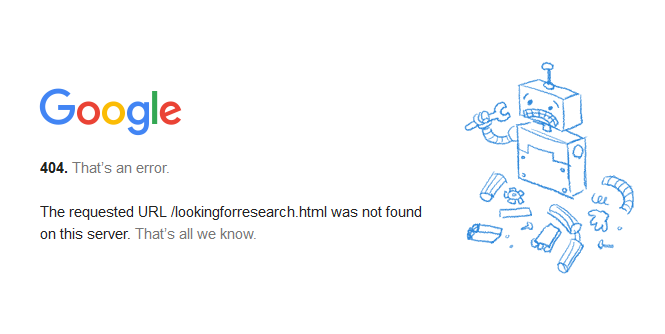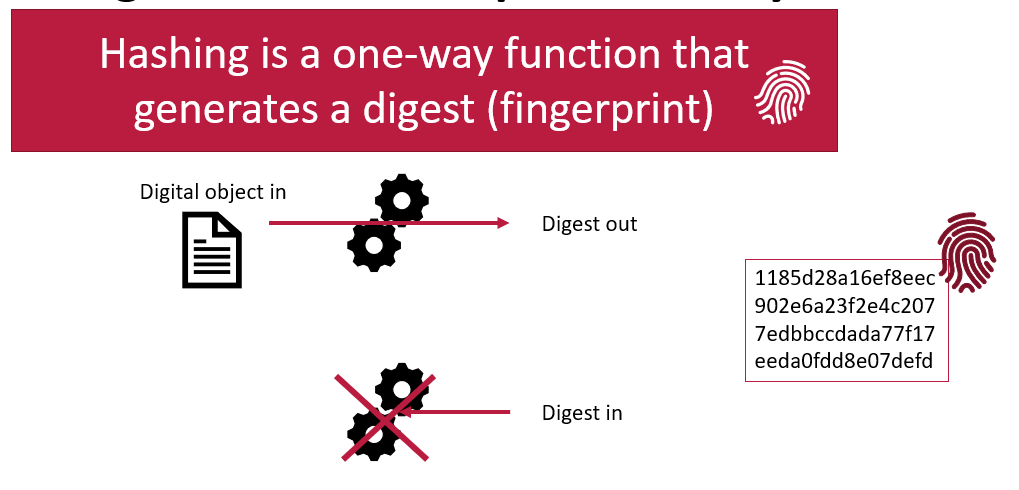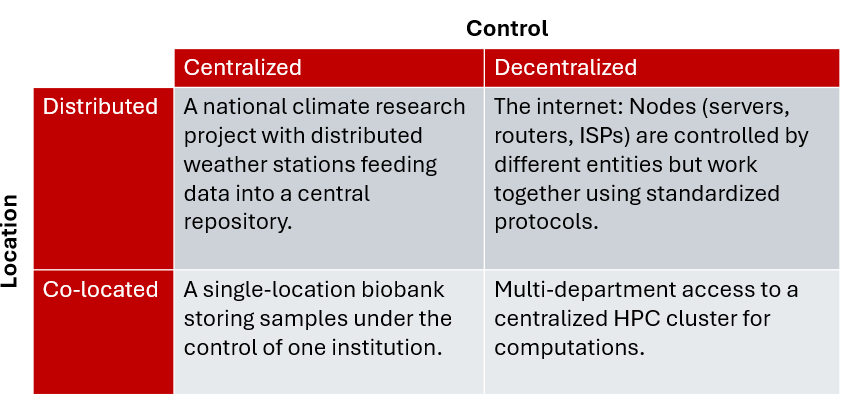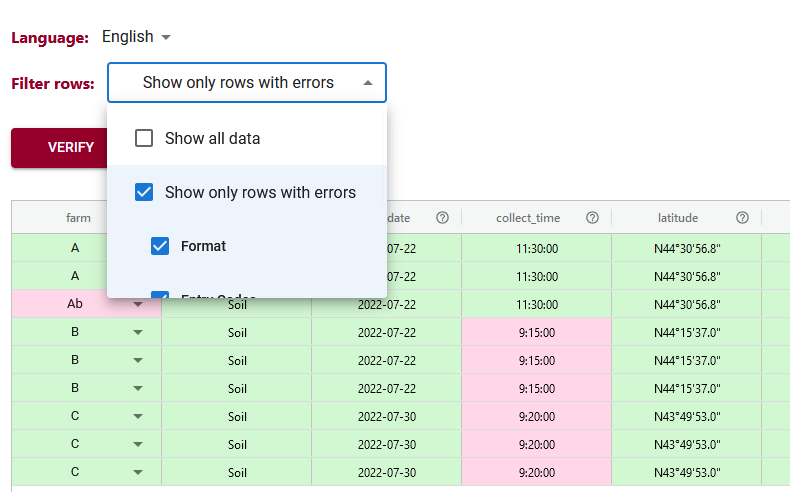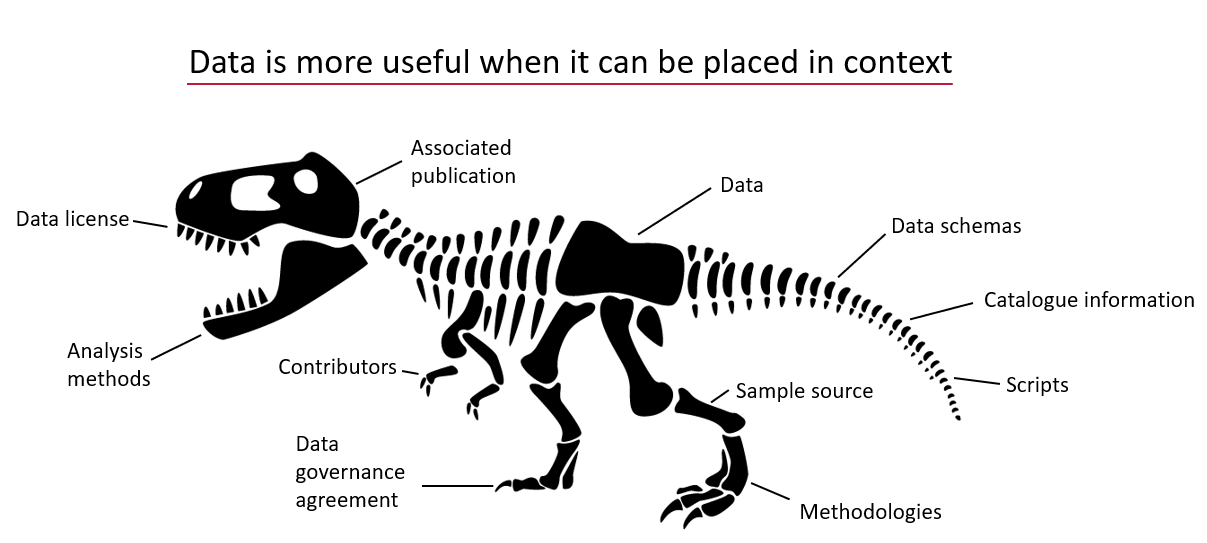Funding for Agri-food Data Canada is provided in part by the Canada First Research Excellence Fund
Should we share our research data?
As data archivists and data analysts, this question crops up a lot! Let’s be honest with ourselves there is NO one answer fits all here! I would love to say YES we should share our data – but then I step back and say HOLD IT! I don’t want anyone being able to access my…
ViewResiliency of Identifiers
Broken links are a common frustration when navigating the web. If you’ve ever clicked on a reference only to land on a “404 Not Found” page, you know how difficult it can be to track down missing content. In research, broken links pose a serious challenge to reproducibility—if critical datasets, software, or methodologies referenced in…
ViewDecentralization and digests
Digests as identifiers Overlays Capture Architecture (OCA) uses a type of digest called SAIDs (Self-Addressing IDentifiers) as identifiers. Digests are essentially digital fingerprints which provide an unambiguous way to identify a schema. Digests are calculated directly from the schema’s content, meaning any change to the content results in a new digest. This feature is crucial…
ViewDecentralization and Research
What does it mean for research to be decentralized? And how does this relate to ADC? I will use Learning Digital Identity (see also this blog post by the author Phil Windley) for definitions as I think it does the best job. Centralized – Decentralized axis: This axis describes the control of the system. Is…
ViewData Ownership – another quandary to consider…
So we started the data ownership thread with The “Elephant in the Room” post. We started with a fairly clean example but there was definitely room for interpretation – enough for an elephant some may say…. Let’s try another situation and see what everyone’s thoughts are. Many of us rely on the wonderful internet to…
ViewUpgrades to Data Entry Web tool
Using the Semantic Engine you can enter both your data and your schema and compare your schema against the rules of your schema. This is useful for data verification and the tool is called Data Entry Web (DEW). When you use the DEW tool all your data will be verified and the different cells coloured…
ViewData Schemas Out in the Wild
Oh WOW! Back in October I talked about possible places to store and search for data schemas. For a quick reminder check out Searching for Data Schemas and Searching for variables within Data Schemas. I think I also stated somewhere or rather sometime, that as we continue to add to the Semantic Engine tools we…
ViewData Needs Context
Understanding Data Requires Context Data without context is challenging to interpret and utilize effectively. Consider an example: raw numbers or text without additional information can be ambiguous and meaningless. Without context, data fails to convey its full value or purpose. By providing additional information, we can place data within a specific context, making it more…
ViewFrom Siloed Systems to Shared Success: Why a Shared Infrastructure Makes Sense
Part of the blog series on Collaborative Research IT Infrastructure In our last post, we talked about the problem with researchers ‘DIYing’ their IT infrastructure, and today we’ll explore a few benefits that researchers and institutions can have for going with a shared IT infrastructure. As research grows increasingly data-driven, the challenges of managing IT…
ViewHappy Holidays!
I hope you’ve enjoyed our Blog posts in 2024! There are more to come in 2025 – but we’ll be taking a short holiday break! See you back in 2025 – January 10 will be our first blogpost of the year! Happy New Year! Photo generated by AI
View



